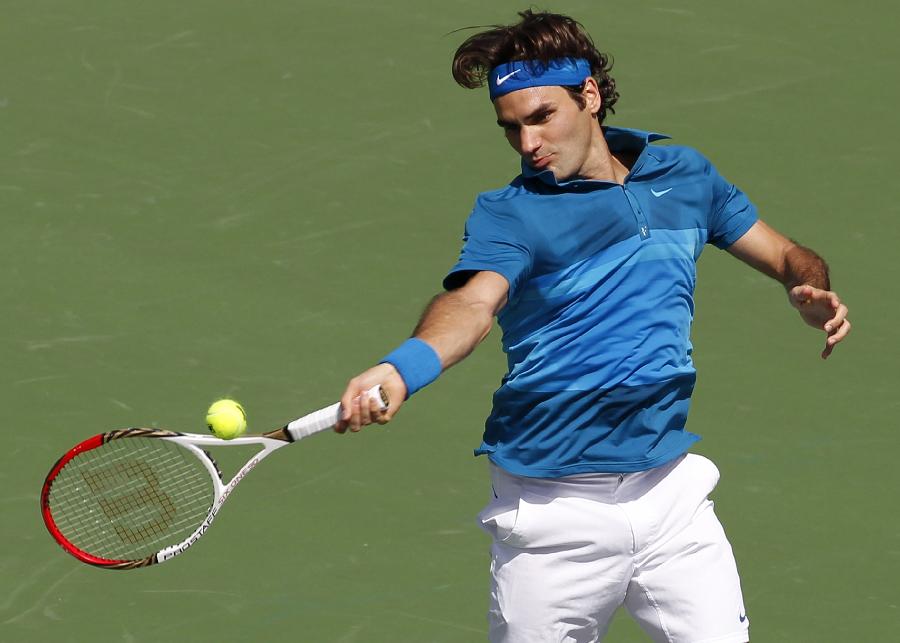Skilled performers are autonomous performers, and have a particular look to their movement. These observable features of skilled performers include: kinaesthetic sense, anticipation, consistency and good technique.
Kinaesthetic sense refers to the skilled performers proprioception, which replies on information from various sensors in the muscles and other organs that provide information about body position and movement without the need to see it. Skilled performers can feel the movement and even correct movements mid-performance. Kinaesthesis develops as a direct result of practice, as it develops “muscle memory”. An example would be a basketballer adjusting their shot after being fouled to ensure the shot still is successful.
Anticipation is the skilled performer’s ability to read the play, or his opponent and respond accordingly. It refers to the skilled performer’s ability to predict their opponent’s next move. Good anticipation comes by learning to read an opponent’s body positioning and being familiar with their preference of style or shot. This is particularly important for externally paced skills. An example is when a tennis player anticipates a backhand down the line after reading the body positioning of their opponent. This gives the skilled performer more time to cover the court, cover the shot and decide which return they will select.
Consistency refers to the skilled performer repeating good performances. This is easily observed in sports such as basketball and tennis, where a skilled performer continually gets the shot in or hits their shot over the net and near the lines. Roger Federer and Kobe Bryant are examples of skilled performers who are consistent in their performances.
Technique refers to the technical aspects of skill execution; the result is efficient and consistent movement. Skilled performers have good technical execution of a skill, which saves energy, and produces better and more consistent results, holds up better under pressure, provides less chance of injury, and is a large determinant of elite success. Correct technique is particularly vital in sports such as swimming and running, where correct technique helps generate more power and slimline and saving energy for later in the performance, particularly vital for long distance endurance events.
See an example here.

